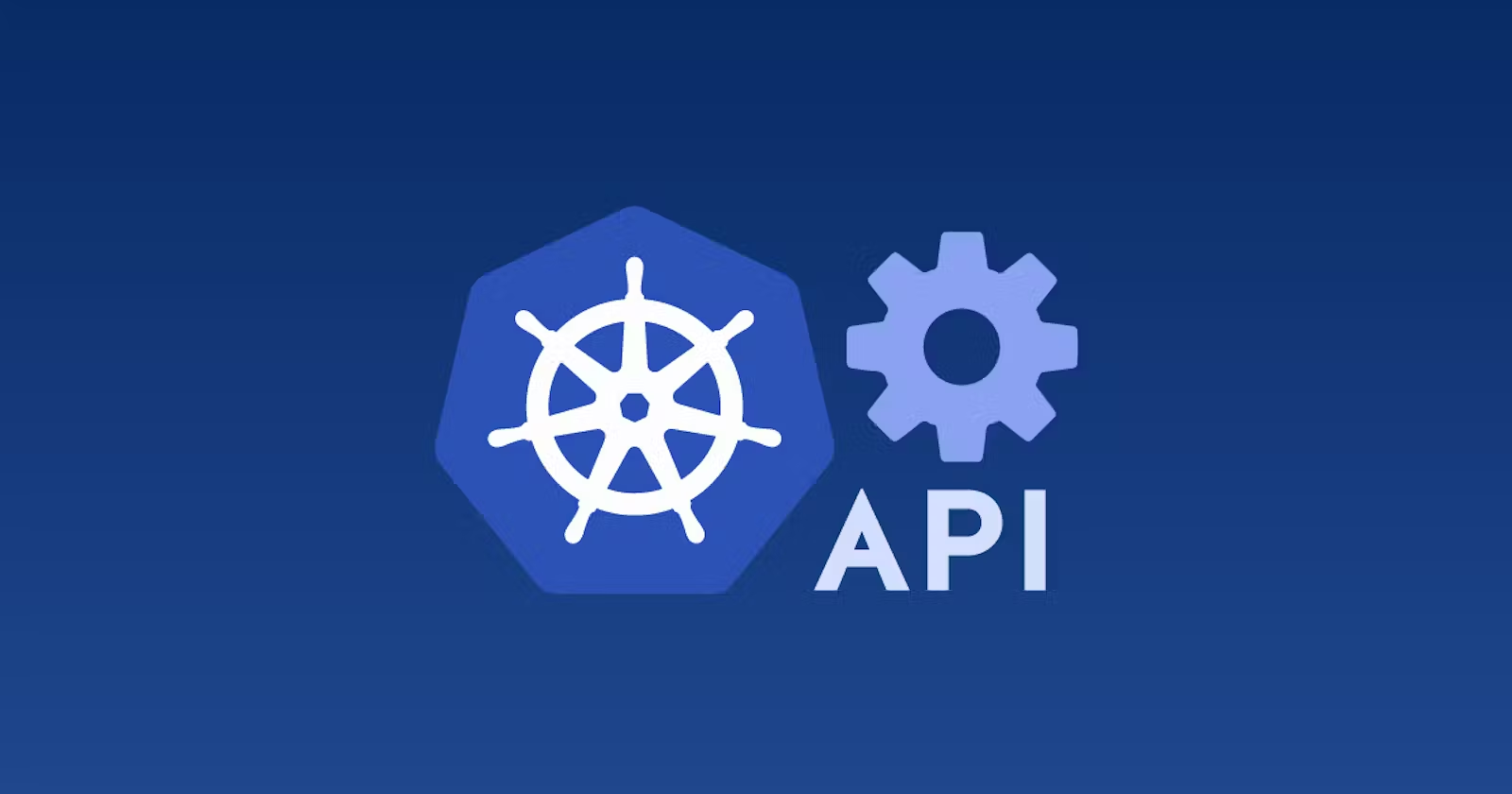Understanding Kubernetes Namespaces: Key Features and Benefits
 Kandlagunta Venkata Siva Niranjan Reddy
Kandlagunta Venkata Siva Niranjan Reddy
What Are Namespaces?
In Kubernetes, namespaces are like virtual spaces within a single cluster. They help you organize and manage resources by dividing the cluster into separate areas. This way, different teams or projects can work independently without interfering with each other.
Key Points on Kubernetes Namespaces
Resource Division
- Namespaces let you split a Kubernetes cluster into multiple virtual workspaces, making it easier to manage resources.
Improved Resource Management
- They help you keep things organized, allowing for better management of your applications and their resources.
Isolation
- Namespaces provide a barrier between different teams, applications, or environments, reducing the chances of conflicts.
Segregation of Resources
- You can group related resources by team or project, which simplifies the management of those resources.
Enhanced Security
- With Role-Based Access Control (RBAC), you can restrict who can access resources in each namespace, improving security.
Resource Quotas
You can set limits on CPU and memory usage for each namespace, ensuring that no single team or application uses too many resources.
Organized Workload Management
- This structure makes it easier to monitor and manage workloads, helping you troubleshoot and scale applications effectively.
Multi-Tenancy
Namespaces allow different teams or applications to operate in the same cluster without stepping on each other's toes, promoting collaboration.
Types of Namespaces
Default Namespace: This is used when no specific namespace is defined. Resources will be placed in this namespace by default.
User-defined Namespaces: Custom namespaces can be created to organize resources by projects, teams, or environments, allowing for better management and access control.
kube-system Namespace: This namespace contains system components that are critical for the operation of the Kubernetes cluster.
kube-public Namespace: Resources in this namespace are accessible to all users, including unauthenticated ones. It's often used for resources meant to be public.
kube-node-lease Namespace: This namespace is used to manage leases for nodes, facilitating leader election and node health checks.
Creating a Namespace
Creating a namespace in Kubernetes is straightforward. You can do this using the following command:
kubectl create namespace <namespace-name>
Alternatively, you can define a namespace in a YAML manifest:
apiVersion: v1
kind: Namespace
metadata:
name: my-namespace
labels:
name: my-namespace
Conclusion
Kubernetes namespaces are essential for keeping your cluster organized and secure. They allow you to optimize resource use and manage applications effectively. By using namespaces wisely, you can improve your overall Kubernetes experience
Subscribe to my newsletter
Read articles from Kandlagunta Venkata Siva Niranjan Reddy directly inside your inbox. Subscribe to the newsletter, and don't miss out.
Written by
